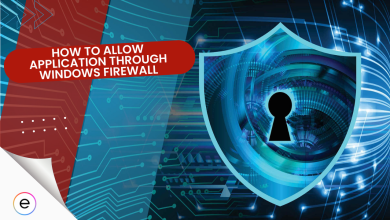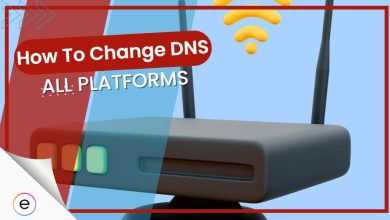Are you noticing frame drops in your games? The cause could be those unnecessary programs that are constantly active in the background. Even if your games run smoothly, you might see annoying notifications from these programs. There are also many more reasons why you should terminate these applications, especially if they are entirely unnecessary.
- You can utilize Task Manager, Windows Services Manager, system settings, and the notification tray to terminate unnecessary programs in Windows.
- Terminating unnecessary programs can be extremely beneficial for users with low to mid-end PCs, as it boosts performance.
These are a few precautions that you can take before closing unnecessary programs:
- Save any important data in the application you are about to close.
- Do not confuse an unnecessary application with essential Windows activity.
Precaution: Before terminating an application, save all the required progress to avoid losing precious data. Additionally, do not confuse an essential Windows activity for an unnecessary program.
How To Terminate Unnecessary Programs
There are many ways available in Microsoft Windows to terminate programs. Some of these include:
- Using the Task Manager to end a specific task.
- Stopping an activity using the Windows Services Manager.
- Disabling applications downloaded through Windows sources from the system settings.
- Closing programs from the Notification Tray.
Of course, you can always uninstall a specific program from your system to terminate it forever.
Here is a detailed step-by-step look at all the methods of closing unnecessary programs:
Task Manager Method
Terminating programs through the Task Manager is potentially the fastest and most straightforward method.
Follow these steps to learn how to do it:
- Right-click on your taskbar and select Task Manager from the list of options.
- Scroll through the list and locate the programs that you do not use.
- You can terminate a program by right-clicking on it and selecting “end task.”
- Make sure not to end the essential activity required to run Windows.
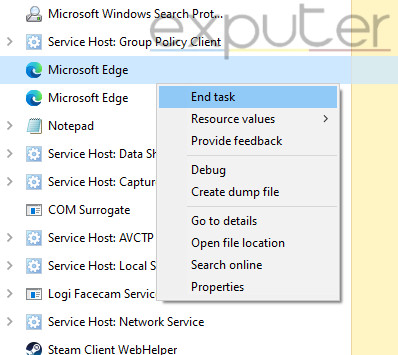
Windows Services Manager Method
Despite being relatively uncommon, the Services Manager is just as effective as the Task Manager in terminating unnecessary programs. The only difference is that you will require admin privileges to make changes using the Services Manager. This is because it can stop or start important system activity, like a DNS or DHCP client.
Here’s how to terminate programs using the Windows Services Manager:
- Press the Windows key + R on your keyboard simultaneously to open the Run dialogue box.
- Type services.msc in the search bar > click OK.
- This will open the Windows Services Manager.
- From here, you can pick any active task and choose to stop or pause it by right-clicking with your mouse.
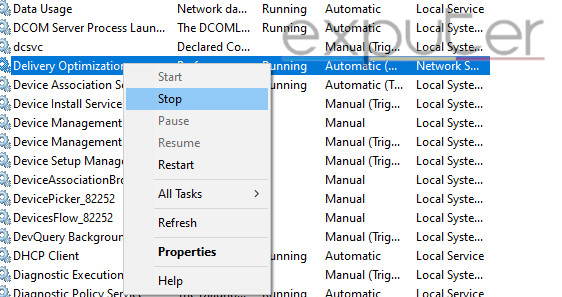
Windows Settings Method
This method offers great convenience if you wish to disable all background programs downloaded from Windows sources, including pre-installed apps. This will allow you to do it with just a single click. However, you must remember that it does not work on applications downloaded from 3rd-party sources.
Here are the steps to terminating unnecessary programs from Windows settings:
- Access the Windows system settings.
- Once in, find the privacy section and click on it.
- In the App Permissions section, scroll down until you find Background Apps.
- Once located, click on it > toggle the switch to off for “Let apps run in the background.”
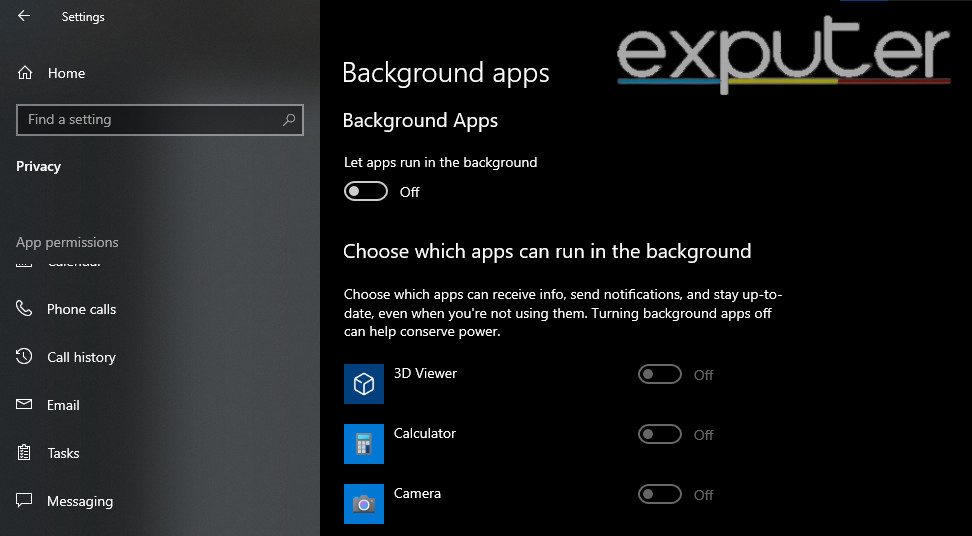
Notification Tray Method
The notification tray is another convenient method of terminating unnecessary programs, similar to the Task Manager. The only downside to the notification tray is that it does not display all the active applications. In my opinion, because of its convenience, it is still a great way to terminate a few unnecessary applications.
Here’s how you can use the notification tray in your taskbar:
- Navigate to the bottom left of your screen and click the small arrow pointing upwards.
- Clicking on the arrow will show you a few major applications that are active.
- Right-click the application you want to terminate and click Exit or Quit.
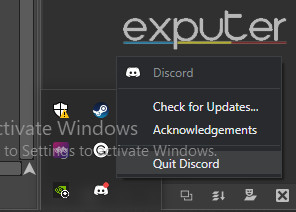
Benefits Of Terminating Unnecessary Programs
You can get countless benefits by terminating unnecessary programs, especially if you have a low or mid-end PC.
Here are a few of these benefits:
- By terminating the applications you do not need, your PC can focus on the main task more optimally. This is because the processing power will no longer be divided.
- If you do not need an application, terminating it will also eliminate any unnecessary notifications that might be displayed on the main task you are focusing on.
- In case some of these unnecessary applications use your internet connection, your bandwidth will also be divided and might affect your network speed. Terminating them can boost the overall quality of your internet.
I have experienced an improvement in my internet speed and higher FPS in my games after terminating unnecessary programs. An official Epic Games post also recommends terminating unnecessary programs.
My Thoughts
Terminating unnecessary programs can greatly enhance your gaming experience and overall PC performance. I’ve used the task manager and the notification tray to close many unnecessary programs. This allowed me to save a lot of RAM and improve my experience.
Now that you know how to terminate unnecessary programs, learn How To Disable Hardware Acceleration.
Next:
- How to Reset IP Address: Mac, Windows, Linux & More
- How to Clear Cache
- How To Restart PC
- How To Restart Modem
- Whitelist Game Directory In Antivirus
- Steam Error Code E20
Thanks! Do share your feedback with us. ⚡
How can we make this post better? Your help would be appreciated. ✍


